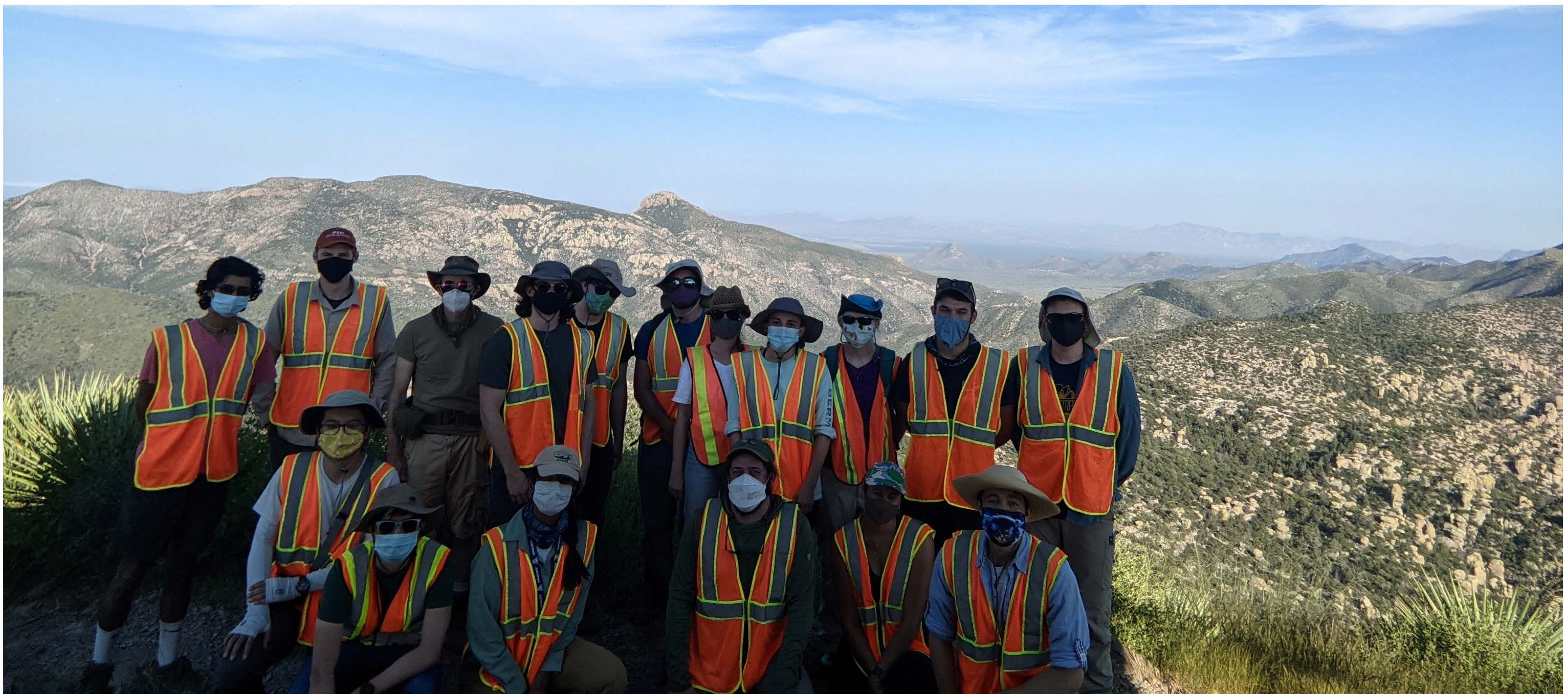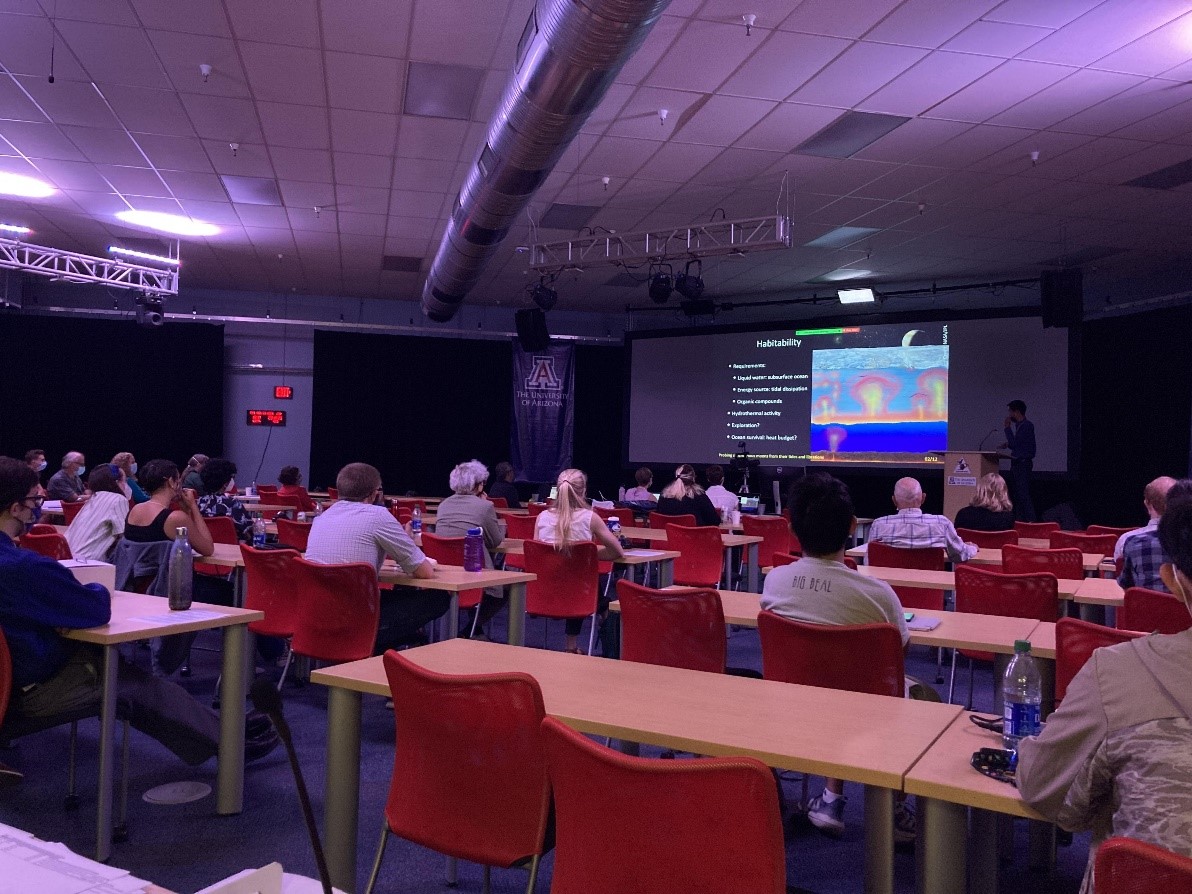In 1998, the University of Arizona’s Teaching Teams Program was established to create dynamic learning environments for students, teaching assistants, as well as instructors and professors to collaborate in the education of undergraduates. The Teaching Teams Program began promoting peer learning assistants for large General Education science classes, originally in the area of planetary science and astronomy. Our program quickly expanded to become university-wide, including over 200 learning assistants per semester at its peak. Undergraduate students who enrolled in our Teaching Team classes were recruited to take on added responsibility as so-called “preceptors.” Preceptors serve as peer guides, mentors, tutors, and teachers for their fellow classmates.
Dr. Steve Kortenkamp uses preceptors every semester for his planetary science General Education courses. In the Fall 2021 semester, Steve had the help of four preceptors for his PTYS/ASTR 206 course. These preceptors assisted with set-up and management of LPL’s telescopes for a smartphone astrophotography project, held office hours to help students with writing essays, and worked as peer-graders on the submitted essays.
As other departments began following the Teaching Teams model, our curriculum began evolving away from a preceptor training program and into professional development for both preceptors and non-preceptors. Strengthening of interpersonal skills, professional online social media practices, and personal branding preparation for undergraduates is now the core of what Teaching Teams offers to our students.
Teaching Teams workshops provide a format that enables students to experiment with various teaching techniques and communication and internet skills, and outfits them with important interpersonal competencies for a wide variety of careers. Looking towards a globally changing learning and working environment, the overarching goal of the Teaching Teams Program is to instill leadership, teaching, and interpersonal skills as well as personal development for our students to build upon. Using our workshops to reach their desired goals, (i.e., future internships, jobs, graduate schools, etc.), our students will have the knowledge and skills to successfully compete in a changing 21st century world job market.
Today, the Teaching Teams program offers 12 units of course work, enough opportunities to support an undergraduate certificate. The Teaching Teams Program continues to encourage professors to utilize preceptors in conjunction with the program's PTYS 297A and PTYS 397A workshops for the benefit of students.
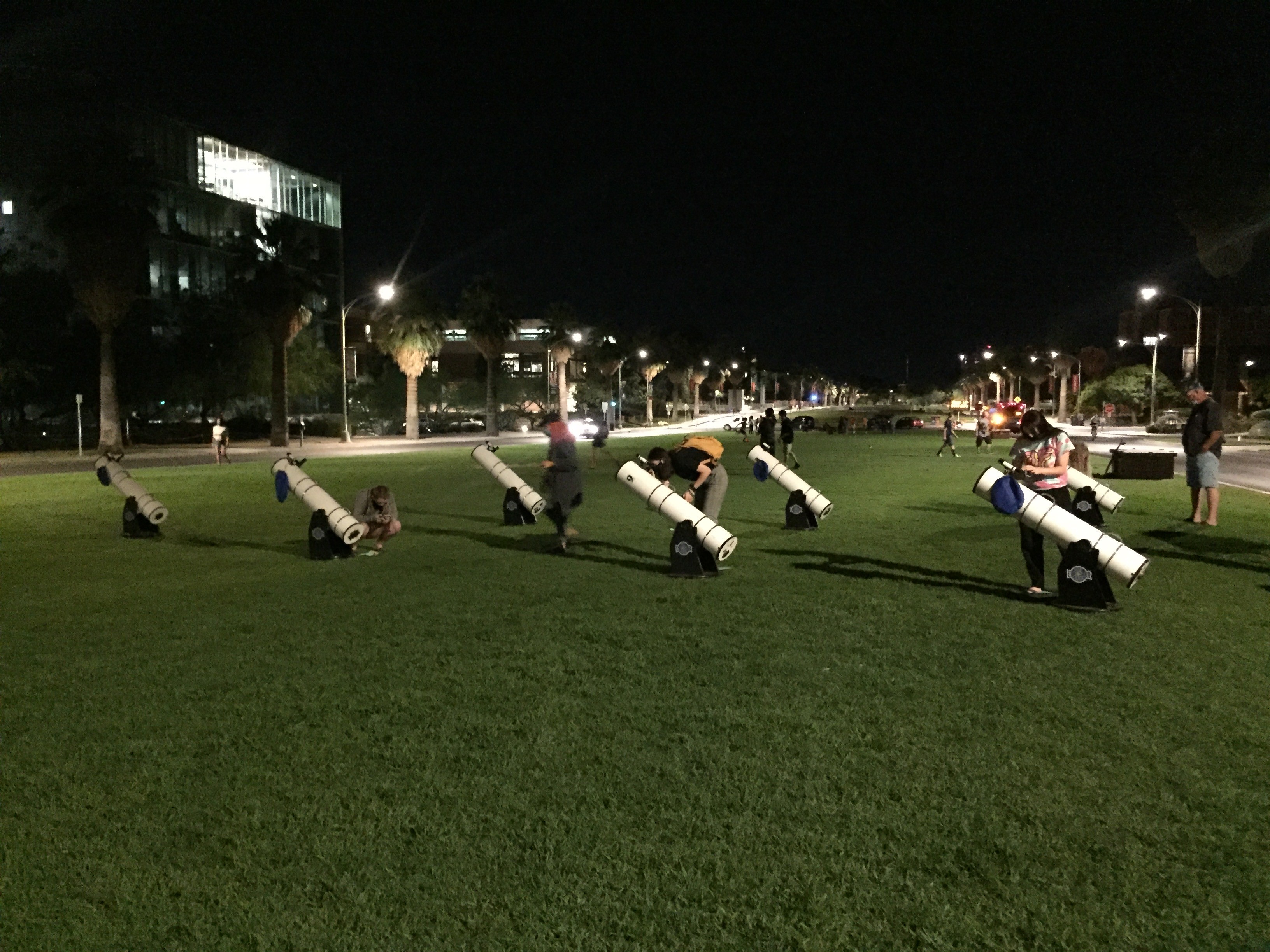 Teaching Teams preceptors helping Dr. K's class with an astrophotography project.
Teaching Teams preceptors helping Dr. K's class with an astrophotography project.


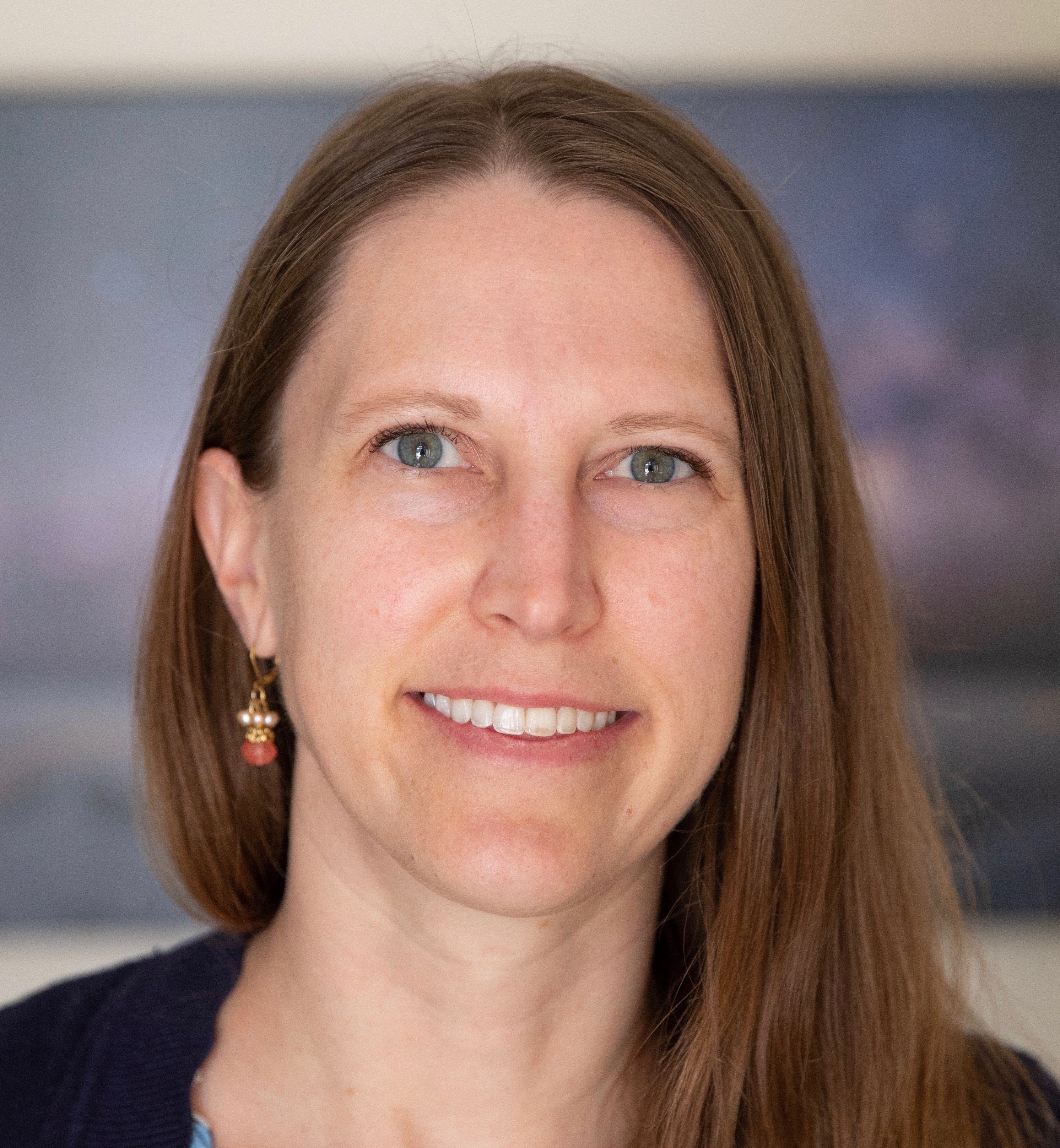
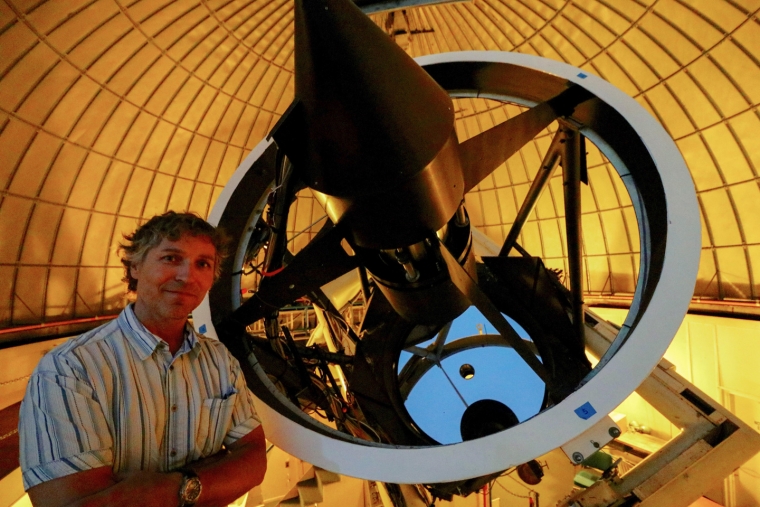
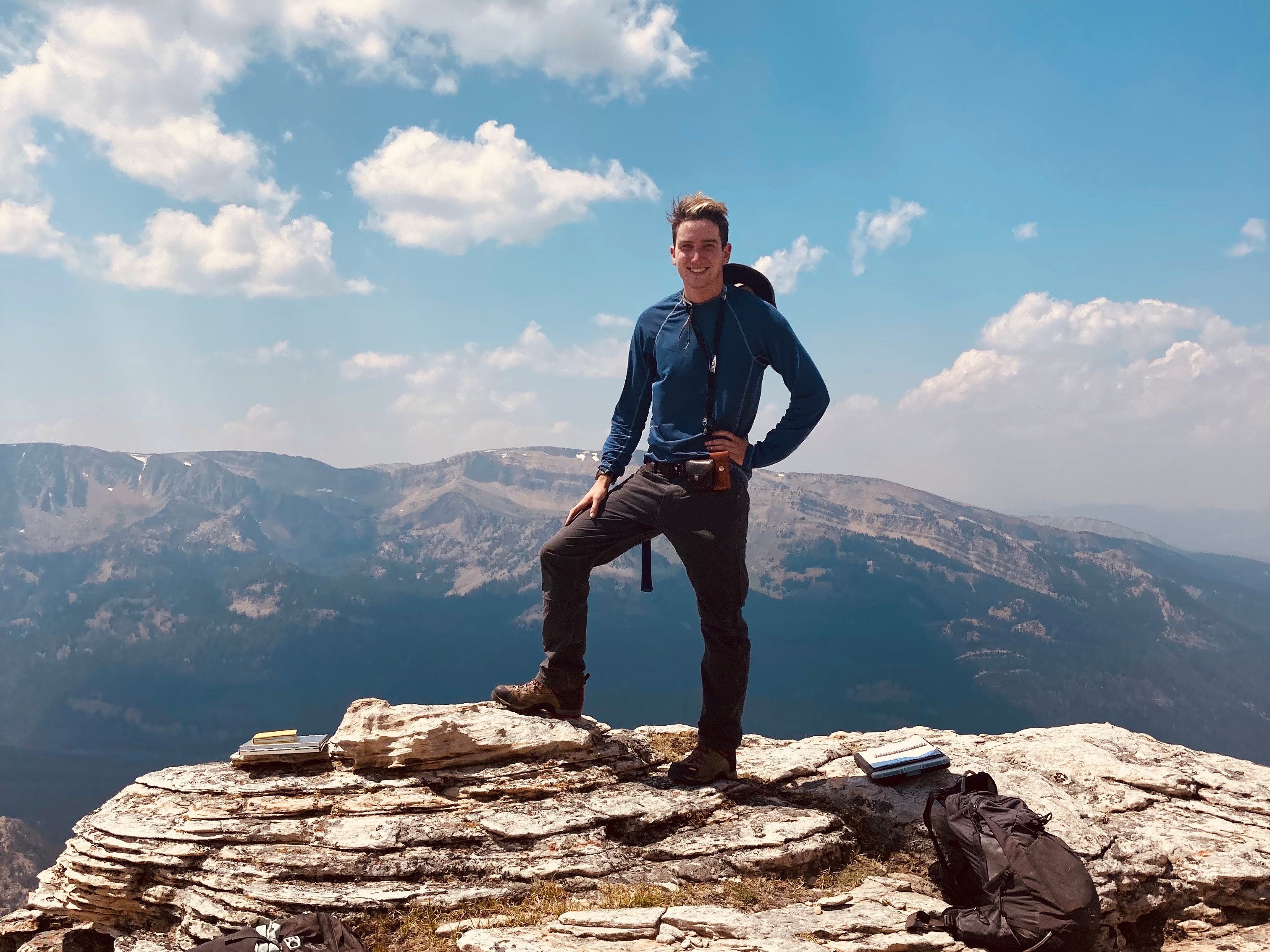 David Cantillo
David Cantillo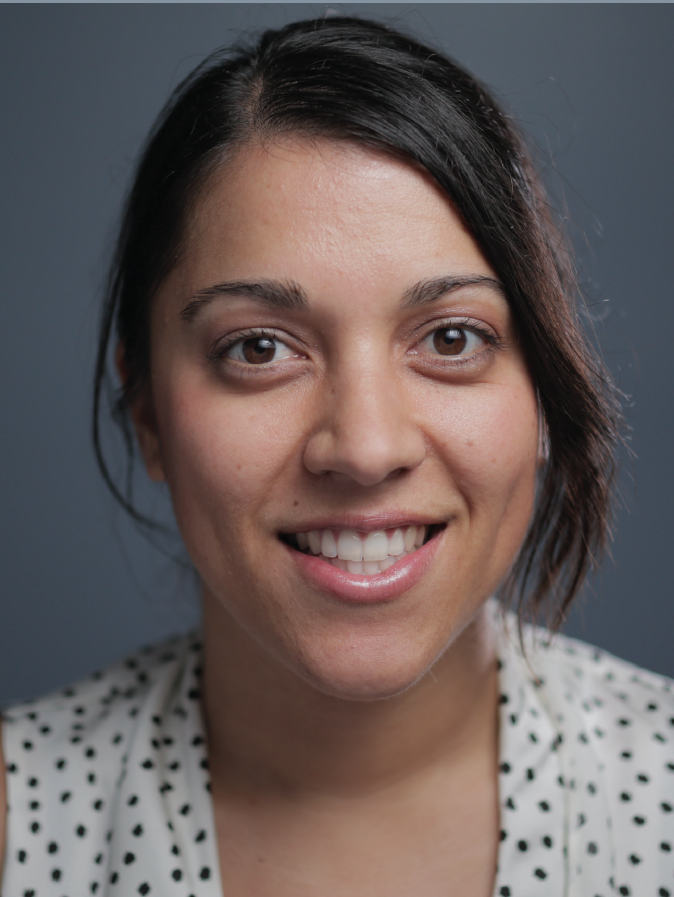
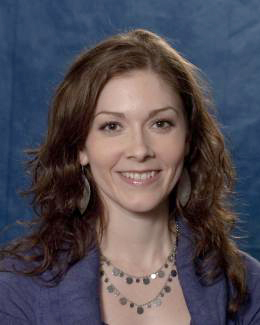
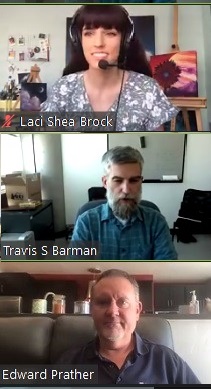
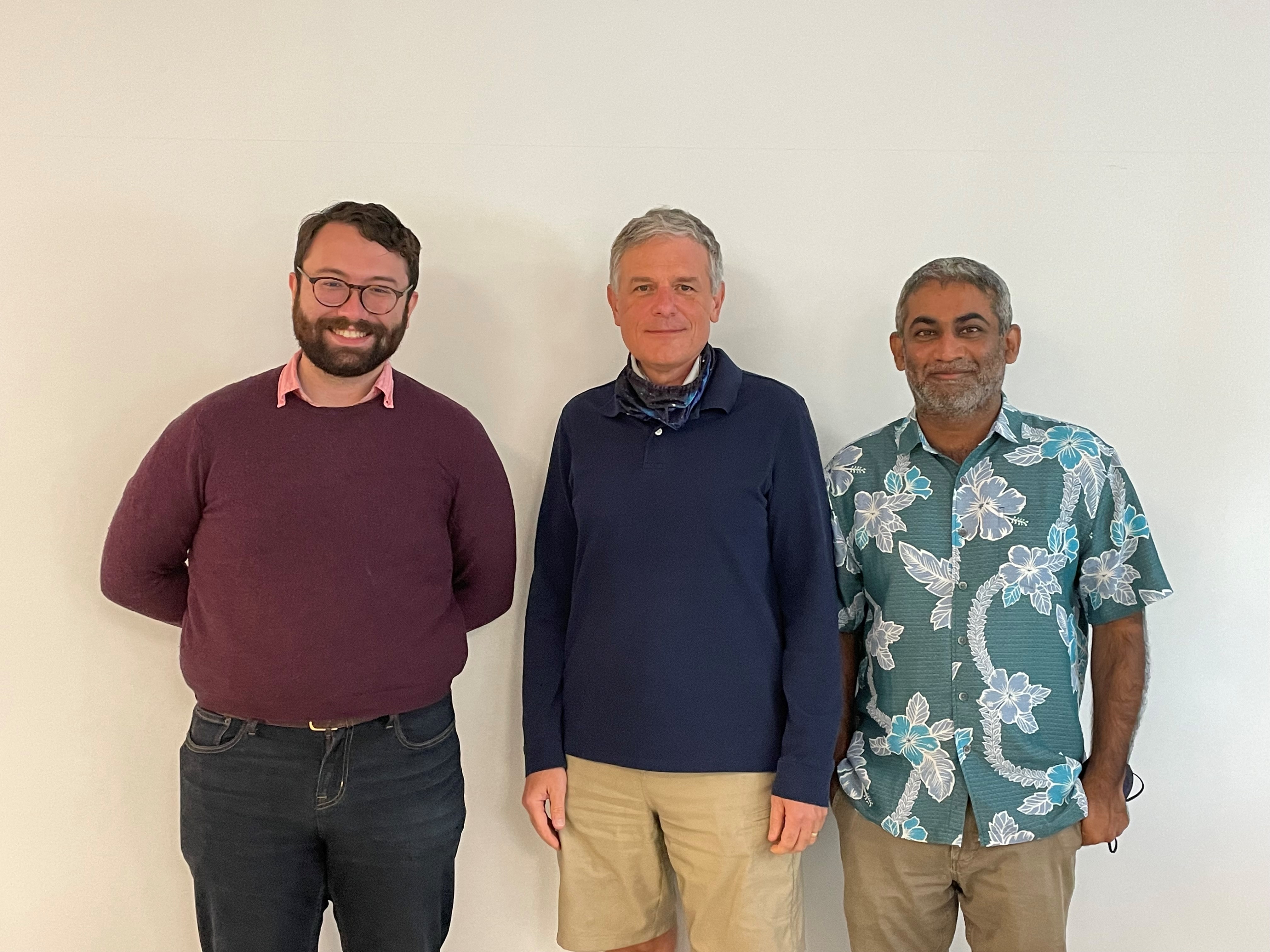
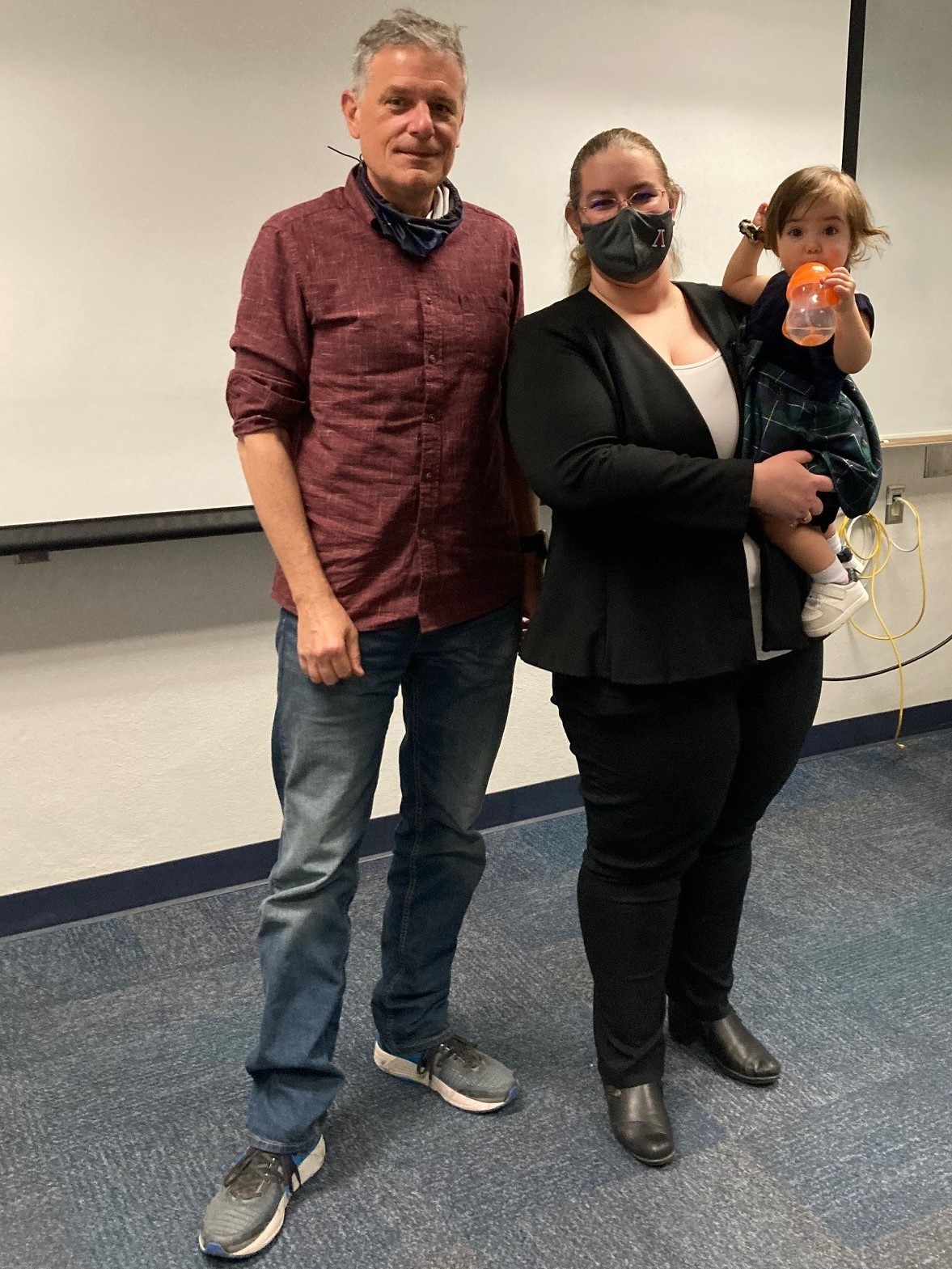
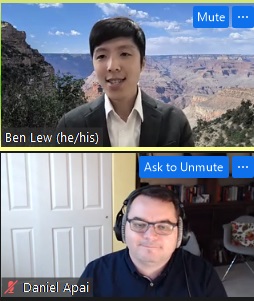
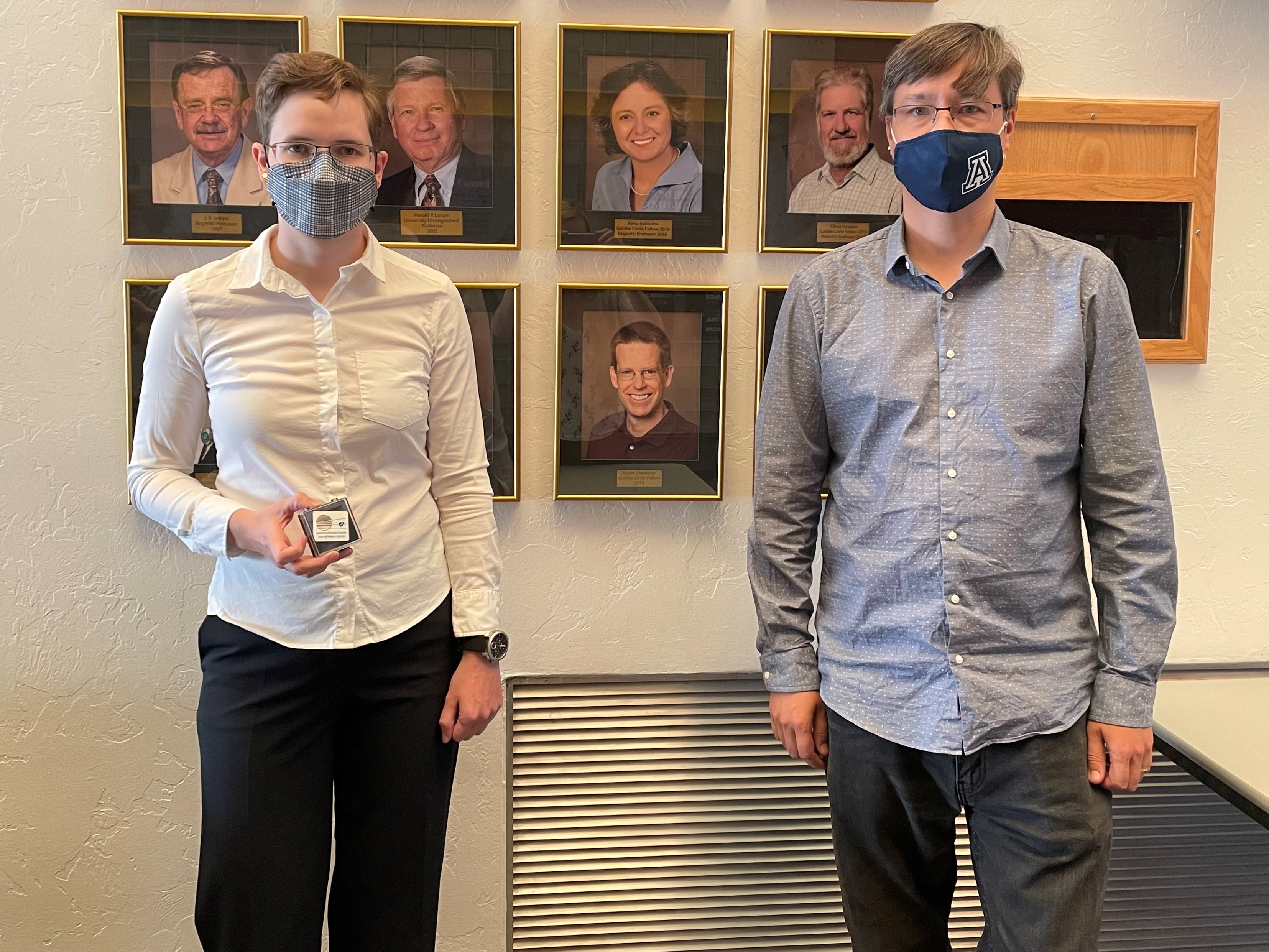
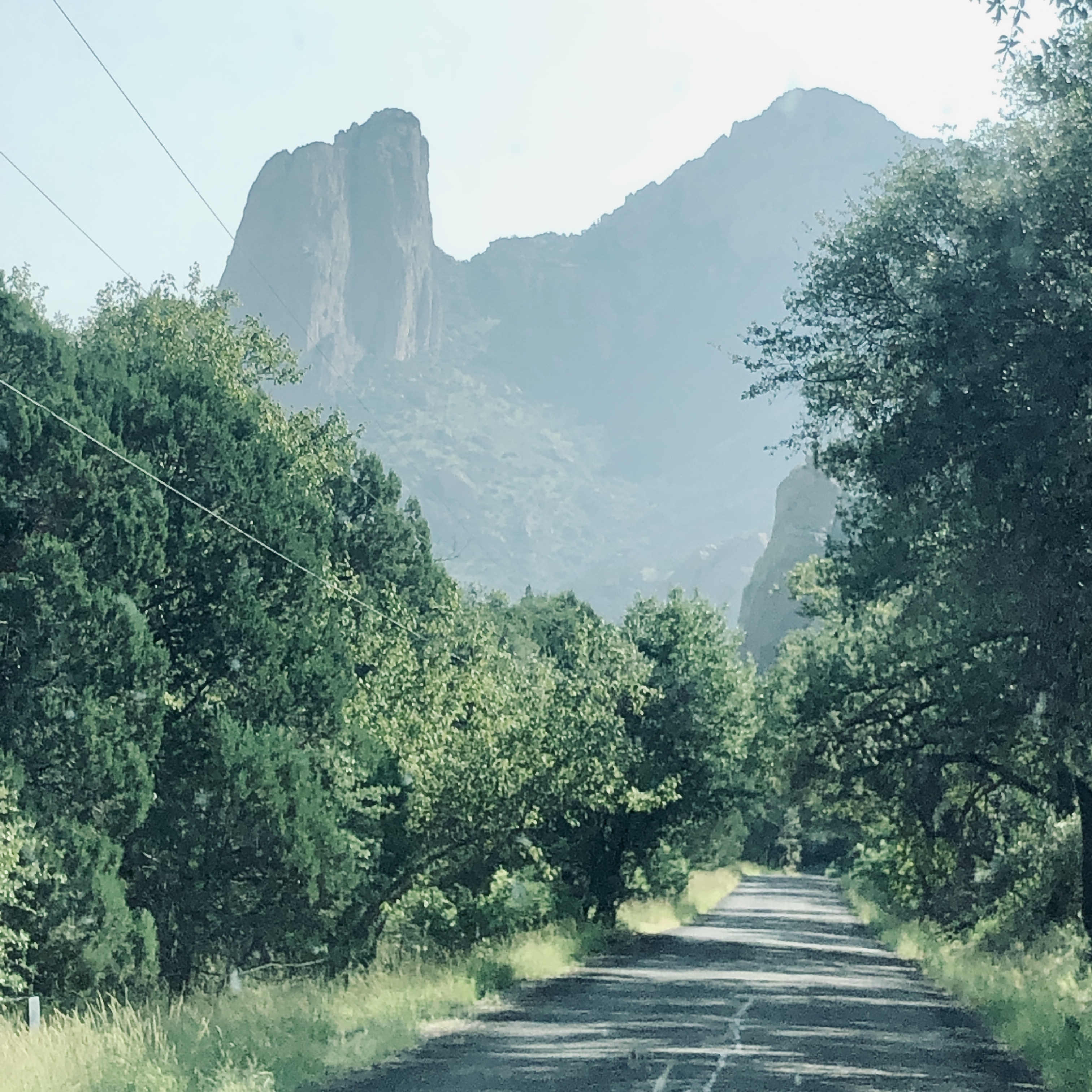 On the first day of our trip, we travelled to Texas Canyon, where we visited the
On the first day of our trip, we travelled to Texas Canyon, where we visited the 